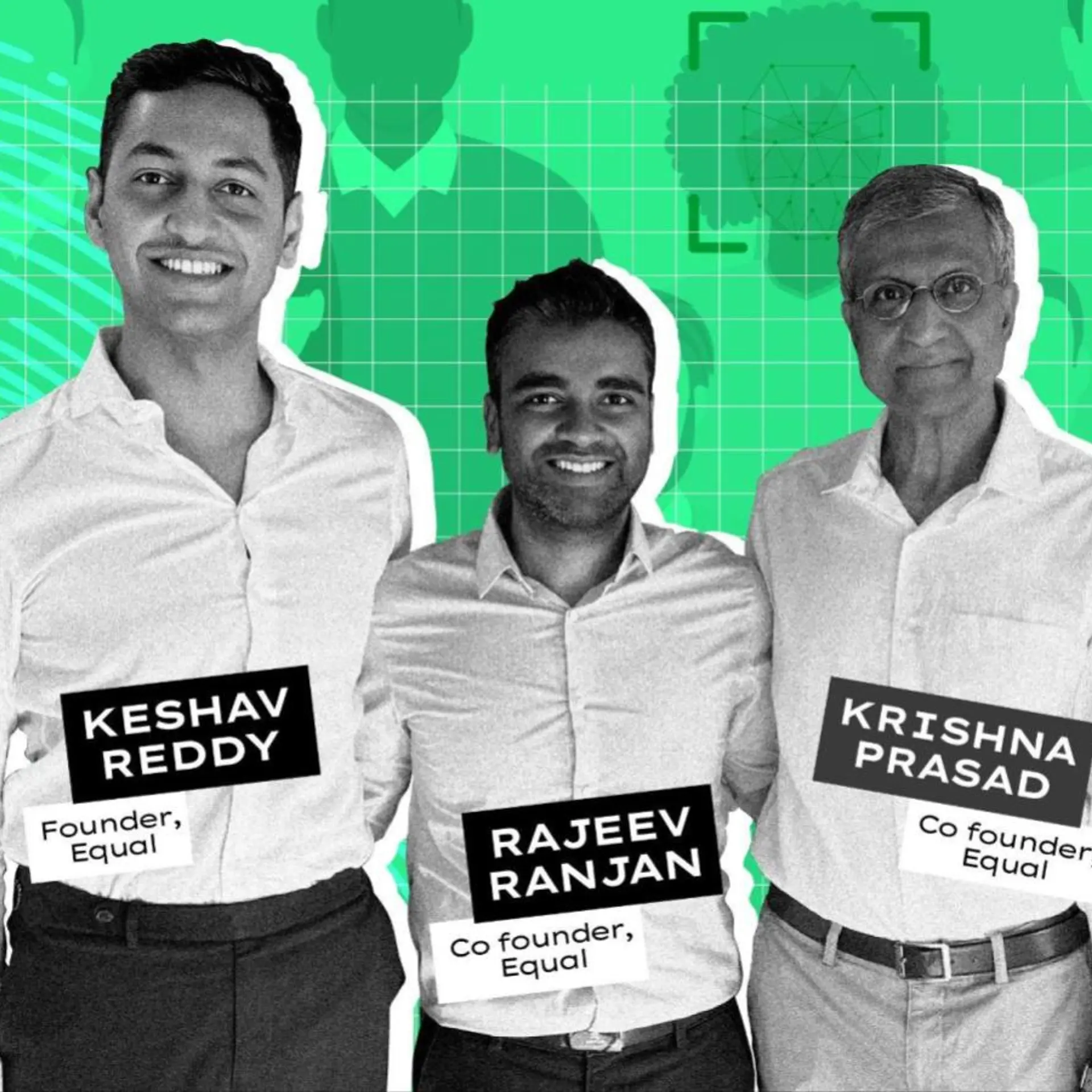[Friday Book Review] Free Prize Inside by Seth Godin

Startups often face a tough time when it comes to marketing. Many startups talk about word of mouth and other inexpensive ways to spread the word about their product/services. This week we review a very essential and valuable book from the startup perspective from none other than the god of marketing. Free Prize Inside by Seth Godin was first published in 2004 by penguin and since then has been a part of many bestsellers and top 10 books in business.The book talks about many concepts including Soft Innovations - small changes which take your business to the next level instead of High Tech patents and R&D in organizations. How you can implement your ideas in the organization which will help the organization differentiate form the competition. It also teaches in a step by step process as how to get your ideas executed in the organization (despite the fact that most big corporations are resistant to change).
The book is widely divided into three parts -
1) Why you need the free prize - Advertising is dead, getting customer attention via the normal means(TV Advertisements and Billboards) does not work anymore. People often talk about remarkable things. (Do people want the fortune cookies or the fortune?)
2) Selling the Idea - How to champion the idea and execute it in your organization, How to make sure that people listen to your idea and order to support it. A step by step process is described in this chapter with several examples detailing the process.
3) Creating the free prize - What is the extra edge which is provided by your product/service for which people will be willing to pay and buy your product. A lot of examples are provided here apart from several ways how you can discover your free prize get people talking about your product.
Some of the lessons which I found interesting from the book are -
1) There is no correlation between how good you idea is and how likely the organization is to embrace it.
2) Satisfied customers are your company's worst enemy, because they are unlikely to radically increase your sales, they are unlikely to push you and your colleagues to stay ahead of the competition. one day the competition will pass you and the satisfied customers will quietly leave.
3) First figure out the who and how of the selling and then figure out the product itself.
4) Sell to individuals, not to organizations. Big meetings are terrible for introducing a new idea. Have one on one with people.
5) Prototypes make the idea concrete - Always have one ready.
6) The free prize is the element that transcends the utility of the original idea and adds a special unique element, worth paying extra for, worth commenting on.
The book makes for a great read apart from providing valuable insights which if executed properly would take any organization to great heights. If you are part of a startup, my suggestion is either beg, borrow or buy this book. But make sure you read it, it will help you by leaps and bounds.


![[Friday Book Review] Free Prize Inside by Seth Godin](https://images.yourstory.com/cs/wordpress/2013/11/rsz_freeprizeinside.jpg?mode=crop&crop=faces&ar=16%3A9&format=auto&w=1920&q=75)




